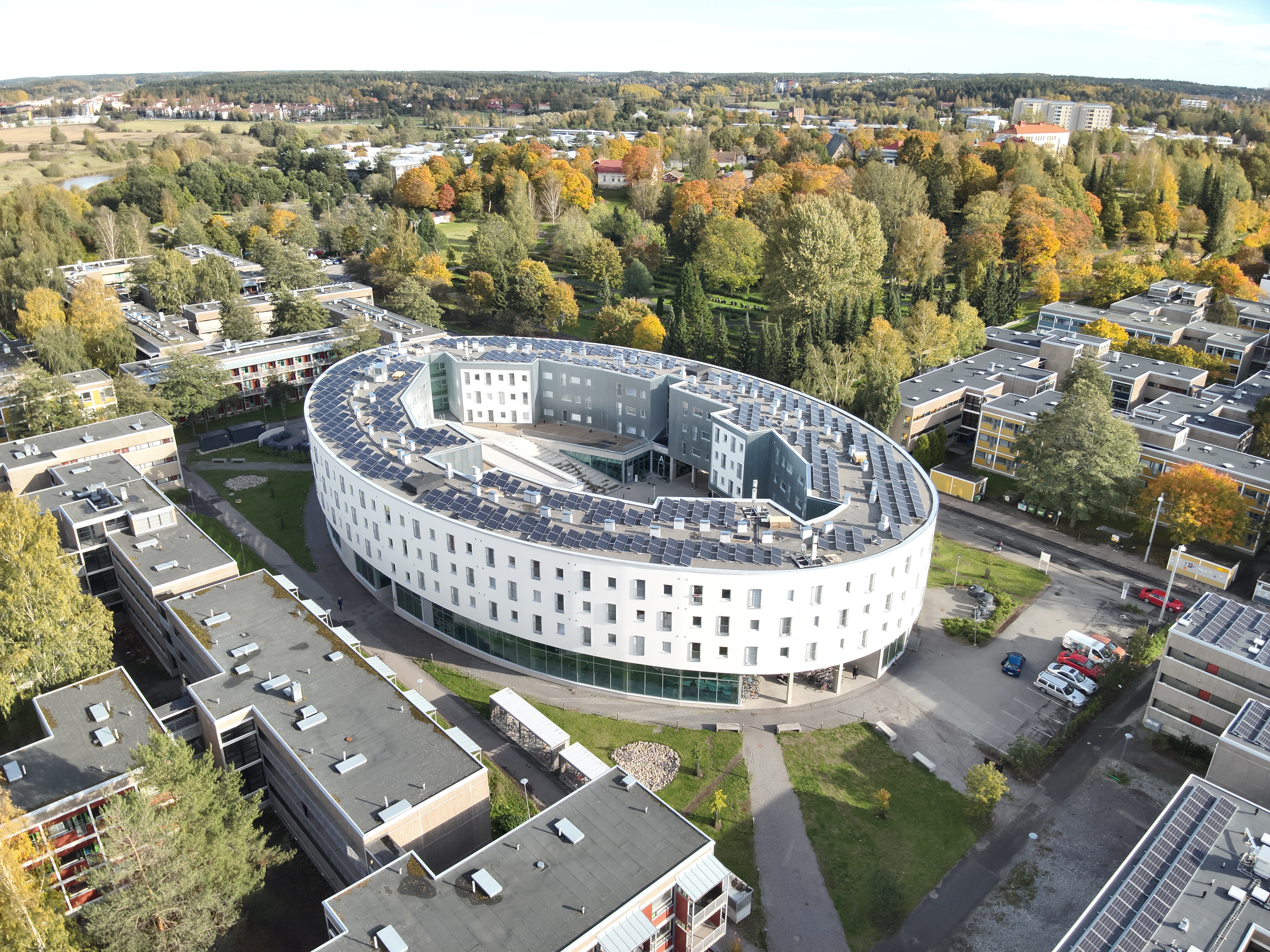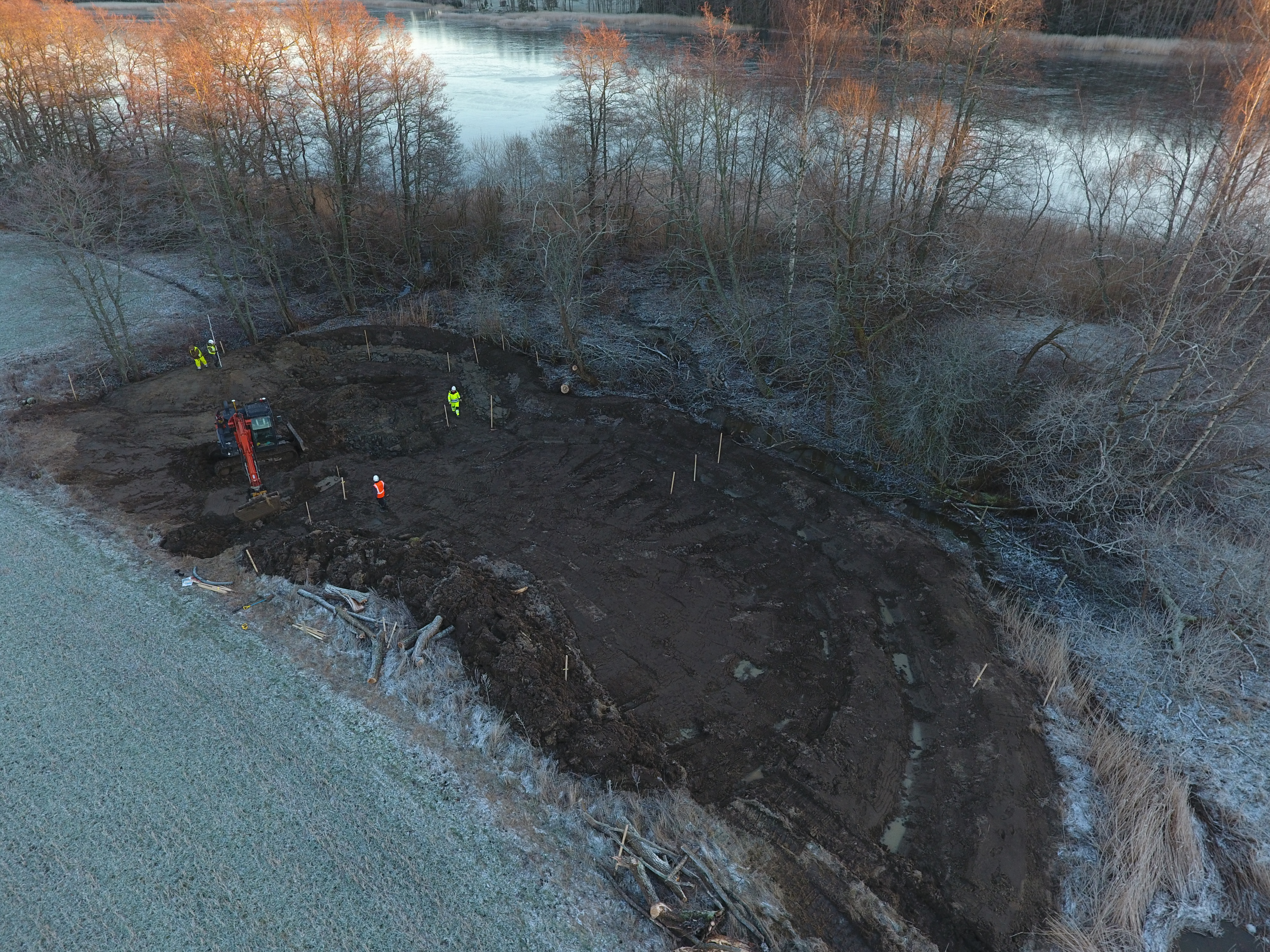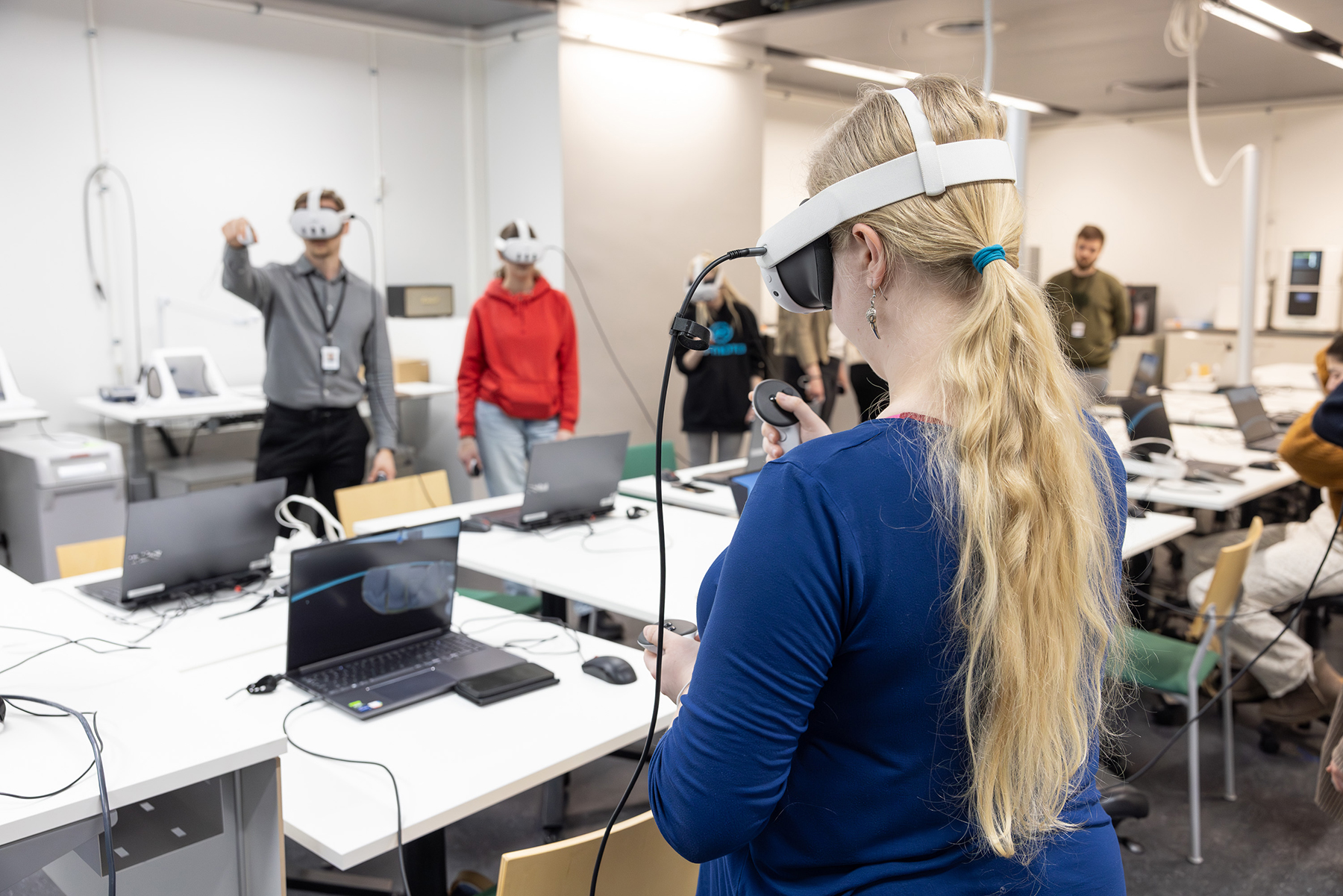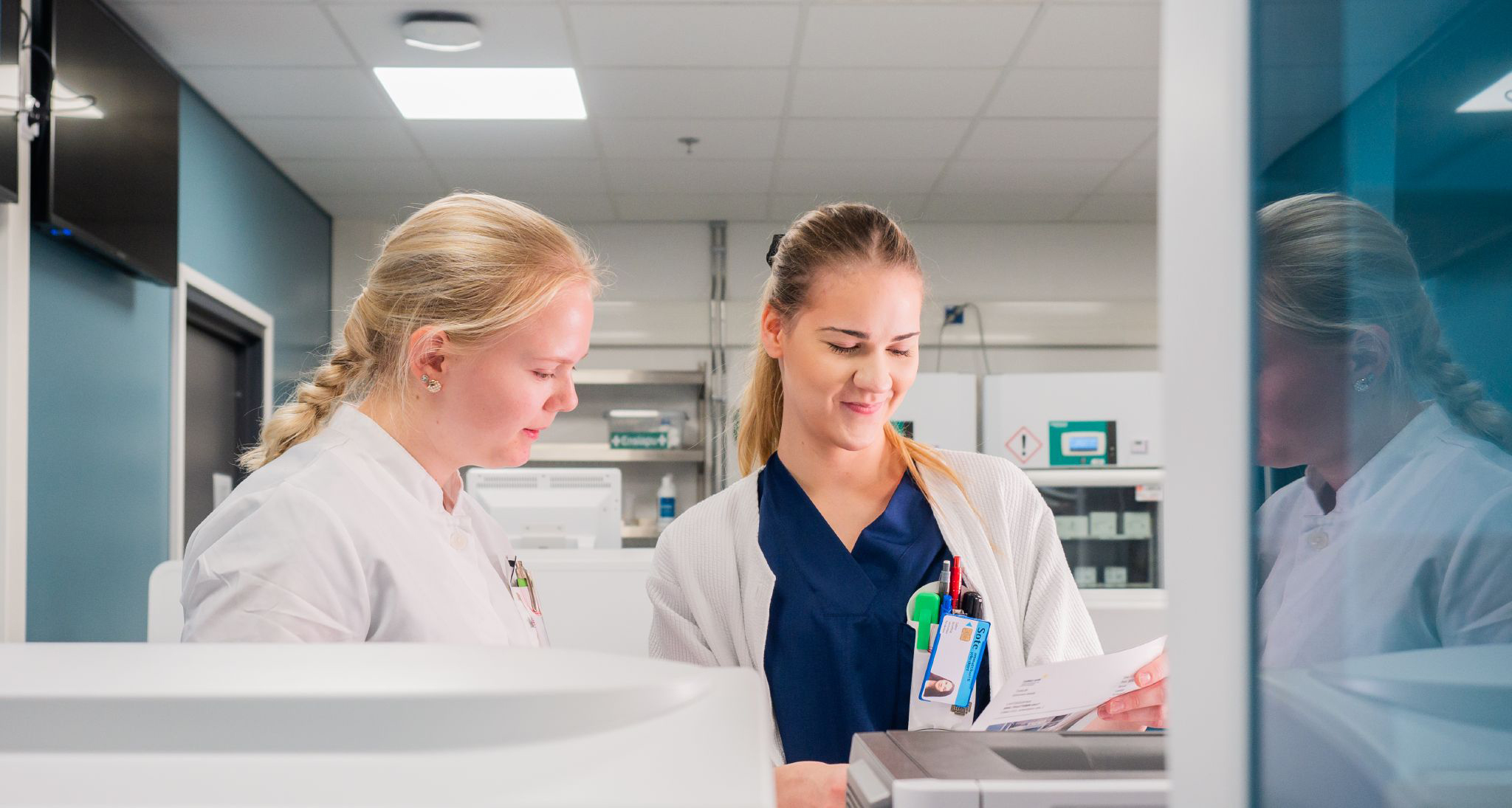Installing solar panels on the roofs of buildings is already commonplace. The energy they produce can be harnessed even more by using direct current (DC). Renewable energy sources commonly use direct current (DC), while the conventional electricity grid prefers alternating current (AC).

Published:
Edited:
Text: by Siiri Welling
For example, the electricity produced by solar panels must first be converted into electricity suitable for the normal grid, i.e. into alternating current. Conversion, in turn, inevitably means electricity loss. So how can we optimise the benefits of renewables?
The issue has been addressed by the EU-funded RESPONSE project, which has built carbon-neutral and environmentally friendly energy, building services and mobility solutions in two “lighthouse cities”, Turku and Dijon, France. In Turku, the solutions focus on the Student Village, where the Tyyssija building, completed in 2022, has attracted the most attention. Tyyssija is part of a set of buildings and energy solutions designed to produce more energy than its inhabitants consume, making it energy-positive.
A microgrid is a smaller local electricity network than the main grid. It can operate separately from the main grid, so that those connected to it are self-sufficient in electricity generation and transmission.
The building is equipped with an innovative energy solution that provides heating and cooling for the building, using the return heat from district cooling as the heat source for the heat pump. In addition, the building generates some of its own electricity through double-sided solar panels, which can be stored in batteries. Turku University of Applied Sciences has been involved in the development of the solar panel and electricity system solutions. However, new thinking has been needed to optimise the benefits of solar panels.
“We started thinking about connecting solar panels directly to the DC grid using microgrids. Installing a microgrid and using DC power increases the overall efficiency of the grid. In practice, the solution we presented allowed us to drive electricity from Tyyssija to another building at TYS, thus smoothing out the peaks in energy consumption,” explains Tero Tuomarmäki, lecturer in energy technology at Turku University of Applied Sciences.
A microgrid is a smaller local electricity network than the main grid. It can operate separately from the main grid, so that those connected to it are self-sufficient in electricity generation and transmission. In the case of the TYS buildings, the microgrid is intended to operate in conjunction with the main grid, allowing electricity to be transmitted back to the main grid and vice versa.
Direct current works best over short distances
Direct connection of DC devices via microgrids was explored in Tyyssia last summer. The results were presented at a conference earlier this autumn. The results show a slight reduction in energy losses with the installation of LVDC. In addition, DC power can be used to direct electrical energy to and from batteries, for example. The use of batteries in turn improves self-sufficiency.
“In practice, the study shows that we have the tools to analyze energy input and output and to model part of the network. The model can be used to influence the energy distribution within the microgrid, which increases efficiency. LVCD is more efficient if there is a lot of PV generation and the converters are working well. In winter, on the other hand, a traditional AC grid works better, as solar power is notoriously scarce in winter,” says Tuomarmäki.
Tuomarmäki points out that electric cars can also act as batteries. Direct current works best for short distances, while alternating current is advantageous for long distances.
“In industry, DC networks are used much more widely than in households. They are also abundant in Africa, where there are many local sources of power generation. But yes, you can make DC work here in Finland, in a typical residential property. In principle, microgrids could make the power generation in an ordinary private house more efficient and reduce electricity losses,” concludes Tuomarmäki.
The New Energy research group at Turku University of Applied Sciences is also investigating the potential of DC grids as part of renewable energy systems in other projects, such as TIGON, EVELIXIA and RealSolar. DC-based solutions are also expected to become more common in the future in residential buildings in combination with renewable energy production.
The article was published on 18.12.2023 on the previous turkuamk.fi website.
Get to know our Research
Read next
-
Press Release

A wetland in Parainen improves the area’s natural values and water quality
A new water protection reservoir designed by Turku University of Applied Sciences has been completed at Sydänperti in Parainen. The wetland is designed to improve the water quality…
-
Press Release

Wearing VR glasses in dental technology teaching – Taking learning to a new level
Something exceptional is happening at Turku UAS: for the first time in their studies, dental technology students get to experience the processing of 3D models in a completely…
-
News

Artificial intelligence is developed to help nurses to reduce their workload
The PROFIT project examines how artificial intelligence could support the work of nurses. The technology developed in the project will be tested with nursing students of Turku UAS.…
